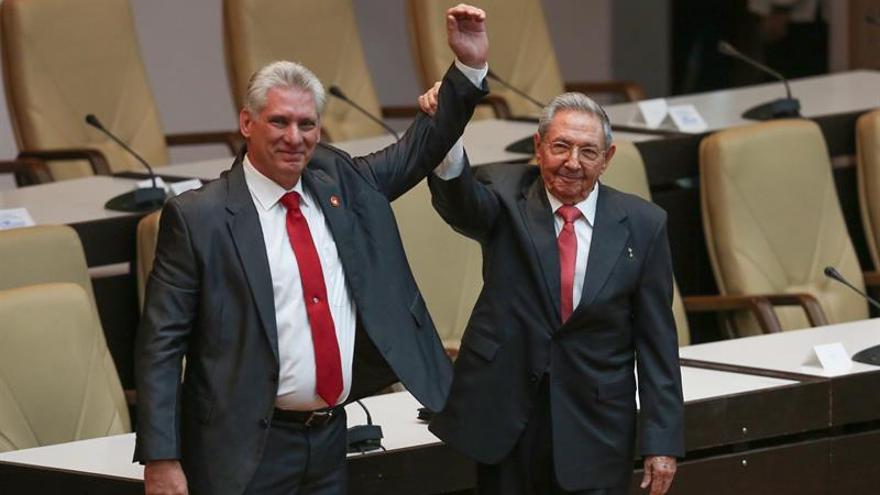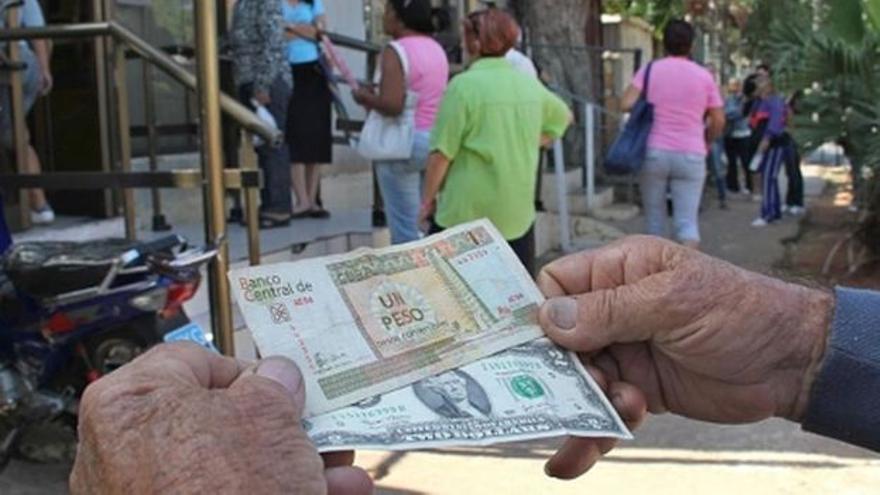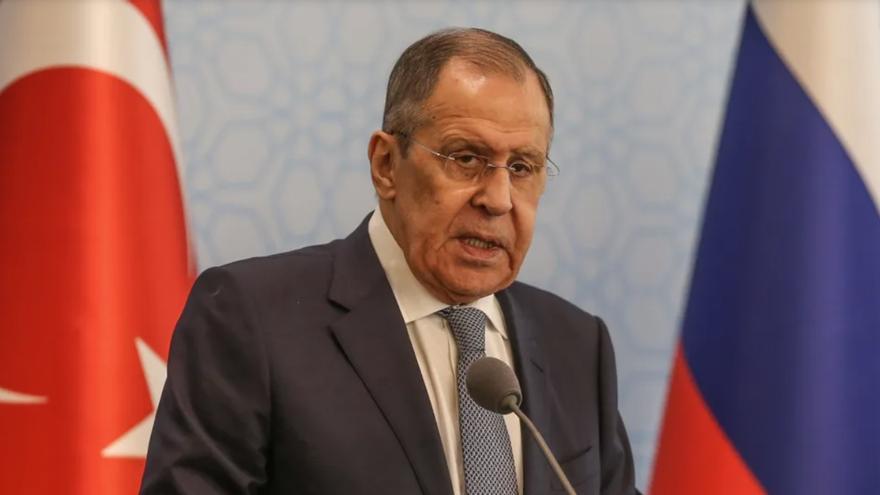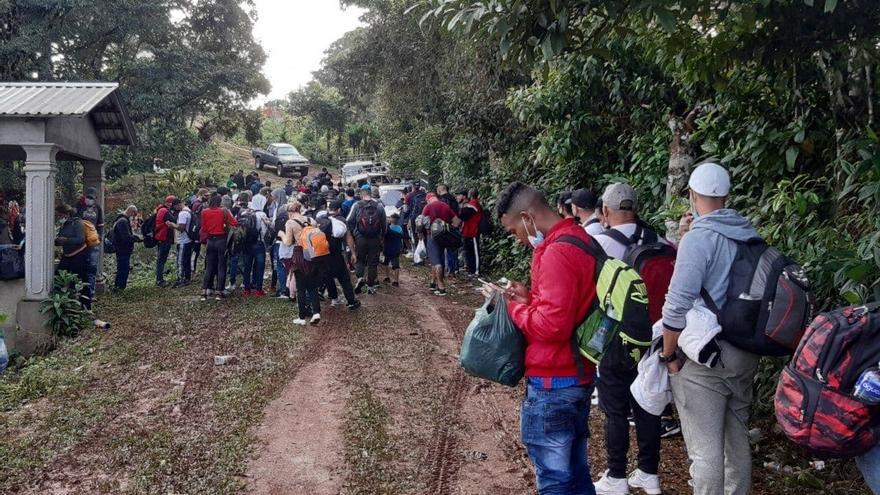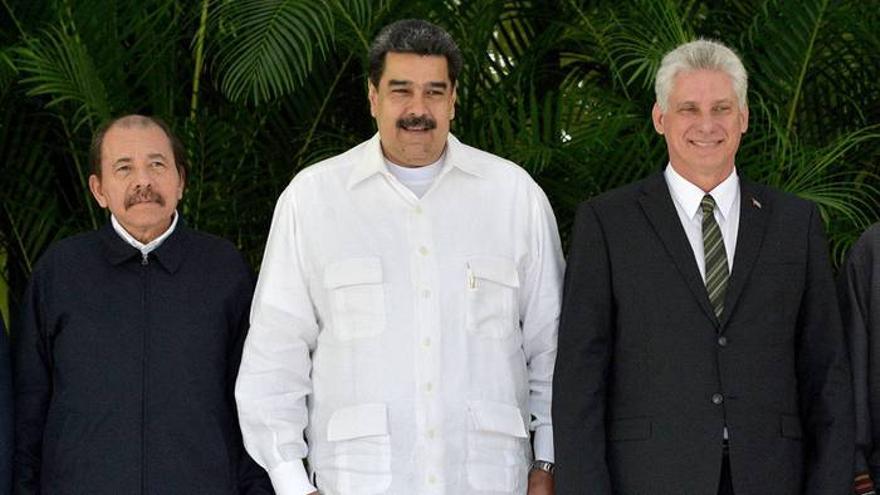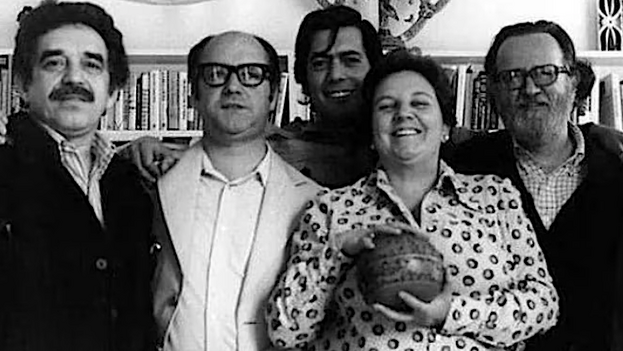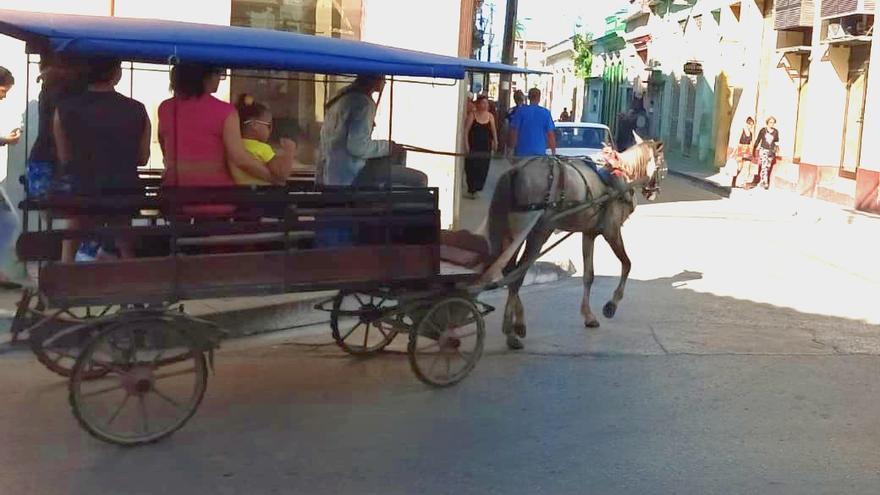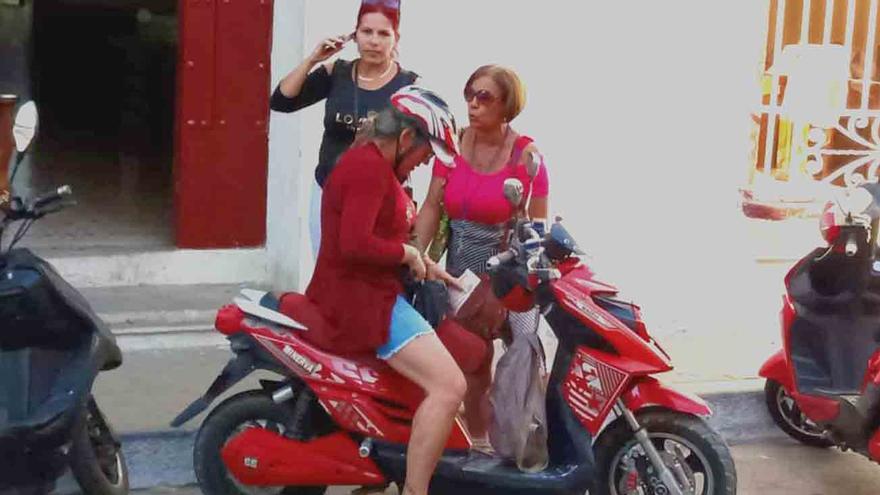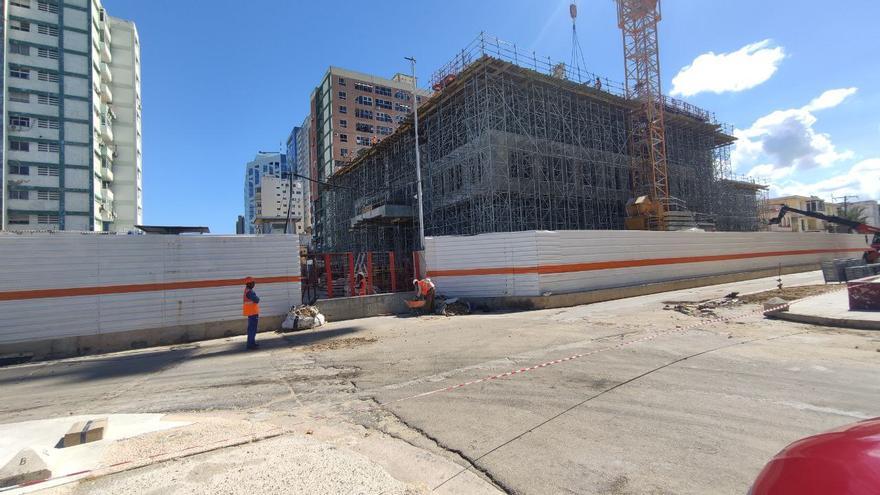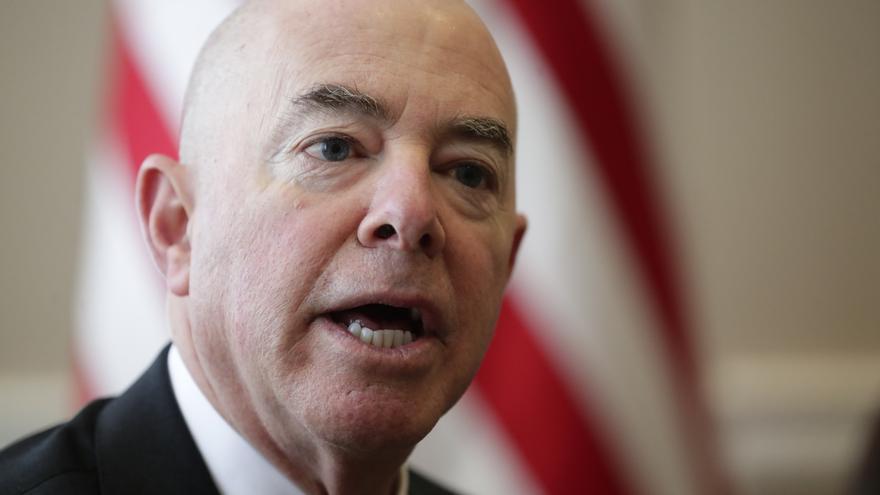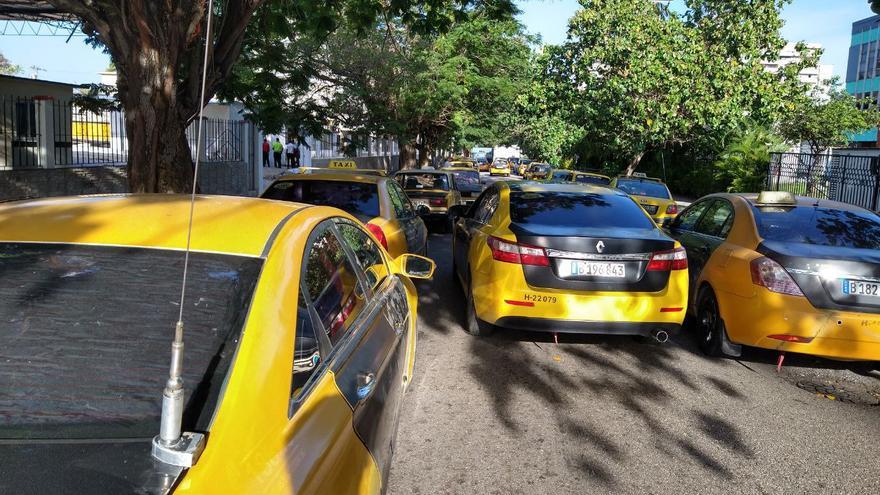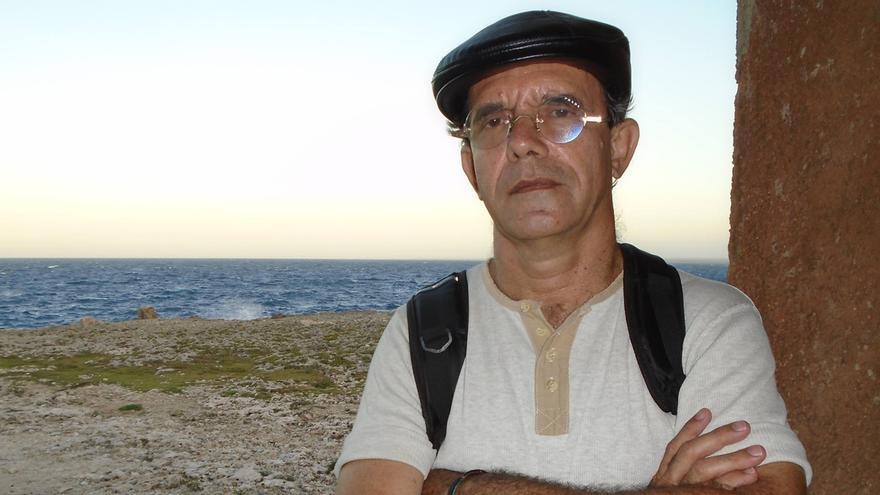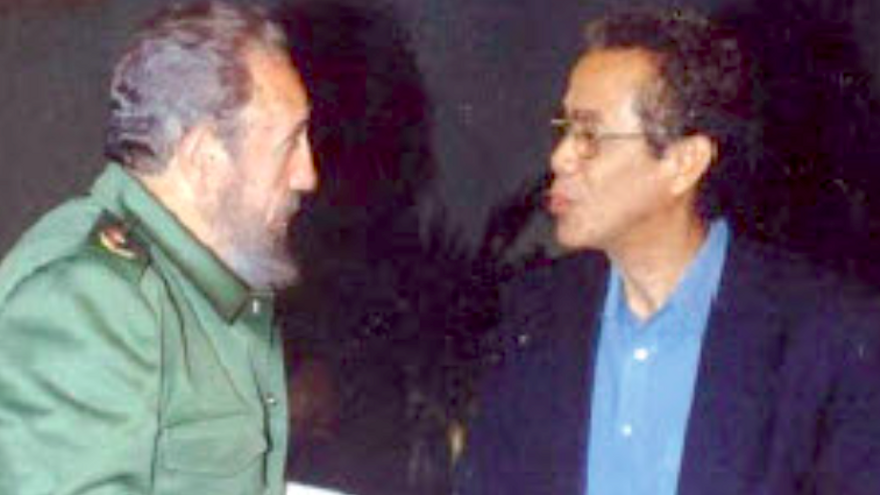
![]() 14ymedio, Havana, April 13, 2023 — Cuban writer, journalist and publisher Eduardo Heras León, National Prize for Literature in 2014, passed away this Thursday in Havana at the age of 82. Founder of the Onelio Jorge Cardoso Literary Training Center, he was one of the intellectuals “parameterized”* during the so-called Grey Quinquennium, the Five Grey Years defined by cultural censorship, despite which he always defended Fidel Castro’s cultural policy.
14ymedio, Havana, April 13, 2023 — Cuban writer, journalist and publisher Eduardo Heras León, National Prize for Literature in 2014, passed away this Thursday in Havana at the age of 82. Founder of the Onelio Jorge Cardoso Literary Training Center, he was one of the intellectuals “parameterized”* during the so-called Grey Quinquennium, the Five Grey Years defined by cultural censorship, despite which he always defended Fidel Castro’s cultural policy.
Heras, known from a young age as El Chino, was born in the Cuban capital in 1940 and had different jobs until 1958, when he entered the Normal School of Teachers in Havana, where he participated in different conspiracies against Fulgencio Batista organized by the 26 of July Movement.
In 1961 he joined the militias and fought as a volunteer gunner in the Bay of Pigs, about which he wrote the book La guerra tuvo seis nombres [The War had Six Names] (David Award, 1968). After the tension of the first years of the Revolution, Heras began to study journalism at the University of Havana and continued to write short stories, then collected in Los pasos en la hierba [Footsteps in the Grass] (Honorable Mention of Casa de las Américas, 1970), which received disapproval from the magazine El Caimán Barbudo [The Bearded Caiman], where he was accused of being “counterrevolutionary” in the article Otra mención a Los pasos [Another Mention of The Steps],” by Roberto Díaz.
After the example-setting arrest of the poet Heberto Padilla by State Security in 1971, the regime began a witch hunt against all the authors and works that departed from ideological orthodoxy and homosexuals involved in cultural positions. From the National Council of Culture, directed by Luis Pavón, the abrupt dismissal of numerous intellectuals was organized, including Heras himself, whose stories showed the “human” and unheroic side of the Castro guerrillas. continue reading
Decades later, in an interview in a confessional tone offered to the singer-songwriter Amaury Pérez, Heras tried to attenuate the story of his desperation during the Grey Quinquennium, when he was expelled from his journalism career and sent to work in a steel foundry.
A former colleague of Heras at the School of Journalism of Havana, evoking his expulsion, told 14ymedio that, during the summer of 1971, the secretary of the Union of Young Communists, Arsenio Rodríguez, went through the classrooms explaining that the writer “was no longer the school’s candidate for the elections of the University Student Federation (FEU), and that he had, in addition, been expelled for being a counterrevolutionary.” Faced with the disagreement of several students, Rodríguez explained that the announcement was merely “information and was not subject to discussion.”
In those years Heras began to think about suicide — using the revolver that Fidel Castro had given him after his time as a militiaman — and he encrypted his experience in the volume Acero [Steel], which was not published until 1977.
After a partial rehabilitation in 1976, Heras served as director of the narrative section of the newly founded publishing house Letras Cubanas [Cuban Letters] in addition to serving as director of the Casa de las Américas Editorial Fund and vice president of the Union of Writers and Artists of Cuba (UNEAC).
His definitive approach to Castro took place during the Special Period in the 1990s, at the head of one of the television courses of the University for All project. There, Heras led a course in narrative techniques that later led to the creation of the Onelio Jorge Cardoso Literary Training Center, in which numerous storytellers from the Island received advice.
In 2007 he was involved in another cultural controversy, during the so-called “little war of e-mails.**” During the convalescence of Fidel Castro, who had left the political arena the previous year, and in a climate of political tension, Televisión Cubana issued several interviews with the cultural commissioners in charge of the 1971 parameterization. The debate of hundreds of intellectuals and artists who had suffered the harassment of characters such as radio and television censor Jorge Serguera or Pavón himself set off the alarms of State Security and motivated the transfer of the controversy to a more “controlled” environment.
Heras, along with the critic and editor Desiderio Navarro, in addition to other “victims” of the Grey Quinquennium such as Fernando Martínez Heredia and Ambrosio Fornet – author of the expression – were appointed to bring the debate towards orthodoxy and absolve the regime, giving a conclusion to that period and freeing Fidel Castro from all responsibility.
The lectures at conferences offered during those days were gathered in the volume The Cultural Policy of the Revolutionary Period: Memory and Reflection (Theoretical-Cultural Criteria Center), which did not see its second volume edited. Heras said then that his whole life, including the episodes lived in the seventies, constituted the “testimony of a loyalty” to the Revolution and to Fidel Castro, of which he was proud.
In the last two decades of his life, Heras won numerous distinctions and medals awarded by the Cuban government, in addition to the National Publishing Prize in 2001 and the Literature Prize in 2014.
Translator’s notes:
*Fidel Castro’s “Words to the Intellectuals” in 1971: “Within the Revolution everything, against the Revolution nothing.” A year later came ’parameterization’ (enforcing rigid cultural parameters): “It is not permissible that through artistic quality homosexuals gain influence that affects the formation of our youth.” Outside these parameters, artists, intellectuals and homosexuals were considered “misfits” who must be parameterized, or “marginalized.”
**English translations of these emails can be found on Wikimedia Commons in Cuba: The Intellectual Debate, or The Little War of Emails, 2007. The original Spanish emails are on the Consenso website.
Translated by Regina Anavy
____________
COLLABORATE WITH OUR WORK: The 14ymedio team is committed to practicing serious journalism that reflects Cuba’s reality in all its depth. Thank you for joining us on this long journey. We invite you to continue supporting us by becoming a member of 14ymedio now. Together we can continue transforming journalism in Cuba.

